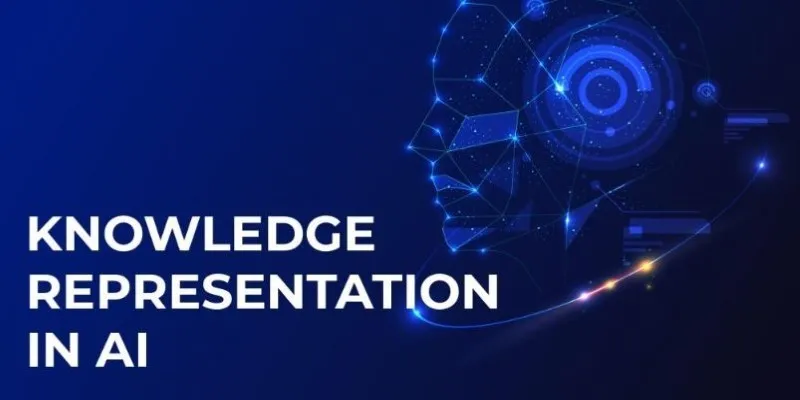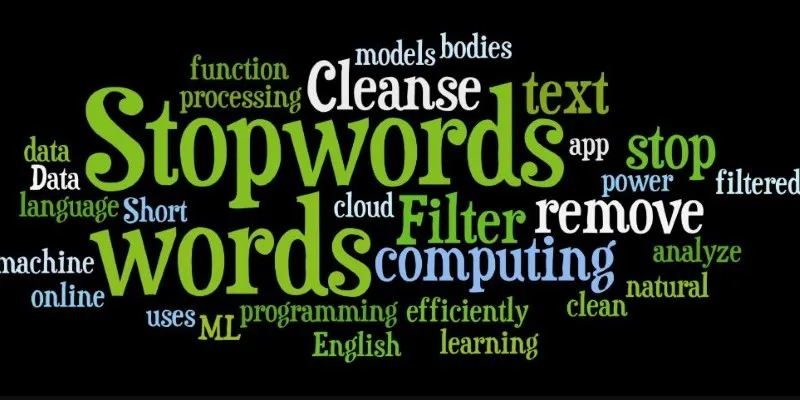Floods are among the most destructive natural disasters, significantly impacting lives, economies, and ecosystems. Accurate flood prediction has long been a challenge for meteorologists and hydrologists due to the complex variables involved, such as weather patterns, topography, river data, and climate changes. However, artificial intelligence (AI) is transforming flood forecasting by providing more reliable and timely predictions worldwide. AI- driven models can process massive datasets, identify patterns, and offer insights beyond human capability, leading to faster and more precise forecasts.
Unlike traditional methods, AI offers real-time, dynamic predictions, enabling governments to plan better and communities to take preventive action. This cutting-edge technology is crucial in minimizing flood damage and improving global resilience, bridging the gap between traditional methods and the urgent need for accuracy in disaster management.
The Role of Big Data in AI-Based Flood Prediction
Big data is the backbone of AI-based flood forecasting, allowing for unprecedented accuracy in predicting when and where floods will occur. Flood forecasting requires processing vast datasets, such as satellite imagery, rainfall measurements, river gauge readings, and historical flooding patterns. Traditional methods struggle with real-time analysis of this diverse data. In contrast, AI excels at handling massive data streams and identifying complex relationships that are not easily noticeable by humans.
Machine learning algorithms are central to this process. By training on historical flood data, they can identify even minute warning signals of an impending flood, such as unusual rainfall patterns or rising river water levels. These models can then offer near real-time forecasts and provide vital early warnings, helping to prevent disasters’ impact. This advanced warning capability is especially critical in flood-prone areas where even a few hours' notice can save lives and property.
Satellite data enhances the reliability of AI flood prediction systems by providing continuous real-time information on weather conditions and river flows. This system updates dynamically, ensuring adaptive forecasting in changing conditions.
How AI Improves Global Flood Resilience
One of AI’s greatest advantages in flood forecasting is its scalability. While traditional models are often limited to local regions due to resource constraints and fragmented data, AI offers a global solution. This capability is crucial for many flood-prone areas, especially in developing countries, where reliable monitoring and warning systems are scarce. By leveraging AI, even remote regions can now benefit from more accurate and timely flood predictions.

AI-driven forecasting also plays a key role in climate adaptation. With climate change increasing extreme weather events, precise flood predictions are essential for safeguarding communities. AI models offer location-specific forecasts, enabling governments to allocate resources more efficiently, plan evacuations in advance, and improve infrastructure to minimize future risks.
Another important contribution of AI in flood forecasting is fostering international cooperation. Numerous global initiatives now utilize AI to gather and share flood data across countries, ensuring that vulnerable regions without sophisticated technology can access vital information. This collaborative model helps bolster global resilience by making life-saving flood prediction technology accessible to all.
As climate-related disasters become more frequent, AI-powered flood forecasting helps bridge critical gaps in preparedness and response strategies for vulnerable communities. By offering scalable solutions, improving resource management, enhancing early warning systems, and promoting data-sharing across borders, AI is revolutionizing flood forecasting and creating a stronger, more unified global response to the growing threat of floods.
Challenges and Future Prospects
Despite its numerous benefits, using AI for flood forecasting has challenges. One major hurdle is data quality. For AI models to function effectively, they require high-quality, accurate data. Inconsistencies or gaps in data can lead to incorrect predictions, potentially causing false alarms or missed warnings. To address this issue, ongoing efforts are being made to standardize data collection methods and improve the reliability of inputs used by AI systems.

Another challenge lies in the interpretability of AI predictions. While AI models can provide highly accurate forecasts, understanding how they arrive at their predictions is often complex. This lack of transparency can create hesitancy among decision-makers, who may prefer more interpretable models. Researchers are actively working on developing explainable AI (XAI) systems that can offer clearer insights into the reasoning behind their predictions, fostering greater trust in AI-driven forecasts.
Looking ahead, the future of AI in flood forecasting appears promising. With continued advancements in machine learning, data collection, and satellite technology, we can expect even more accurate and reliable predictions. Innovations such as neural networks and deep learning are likely to enhance the capability of AI models, enabling them to process increasingly complex data and adapt to new environments.
Additionally, integrating AI with other emerging technologies, such as the Internet of Things (IoT) and 5G networks, could further improve real-time monitoring and response efforts. For instance, IoT devices like smart sensors can provide hyper-local data on rainfall and water levels, feeding this information directly into AI models for instant analysis. Combined with high- speed 5G connectivity, this could result in ultra-fast updates and real-time alerts, enhancing preparedness at both the local and global levels.
Conclusion
The use of AI for reliable flood forecasting on a global scale is revolutionizing disaster management by providing faster, more precise, and scalable predictions. With machine learning models analyzing vast datasets and real-time satellite information, communities now have better early warning systems to mitigate flood damage. Despite challenges like data quality and model transparency, advancements in technology and ongoing research continue to improve AI’s capabilities. As climate change intensifies extreme weather events, AI-driven flood forecasting is becoming indispensable for global resilience. By enhancing preparedness and fostering international collaboration, AI offers a powerful tool to safeguard lives and infrastructure in flood-prone regions across the world.
 zfn9
zfn9





















